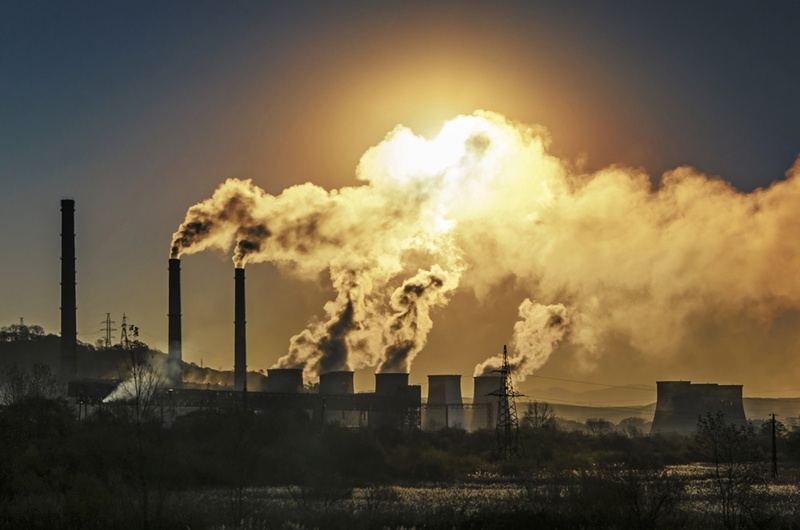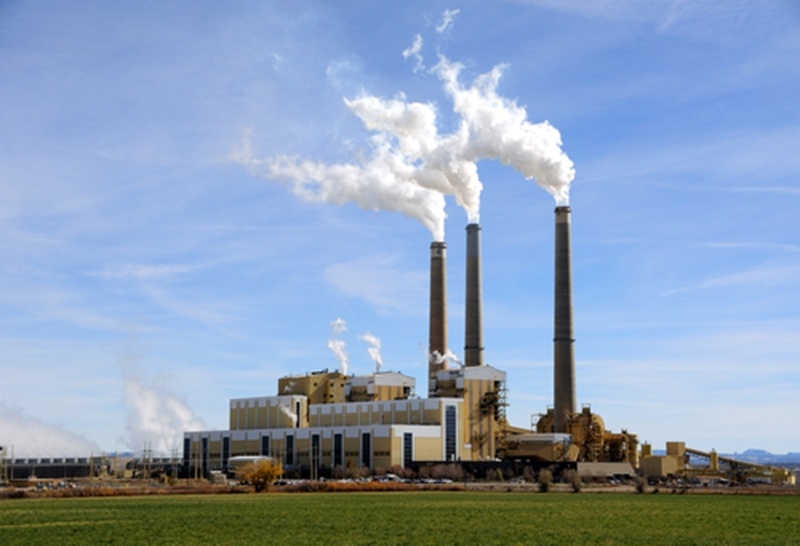What does the EPA's finalized Clean Power Plan mean for the energy industry?
The federal government released its final draft of its Clean Power Plan, and while the Environmental Protection Agency's overall crusade against climate change still appears on point, changes to the content have many wondering what the measure's new stipulations actually imply for power plants across the country.
Now that the final version of the Clean Power Plan has been unveiled, how will it ultimately affect the energy industry? What can ratepayers anticipate?
"States will now have an extra two years to show a meaningful reduction in carbon emissions."
More time to plan, but a higher goal
In the original text, national energy generators would have to meet a strict emissions benchmark as soon as 2020, a notion many argued was impossible to fulfill in a cost-efficient manner. According to RTO Insider, states will now have an extra two years to show a meaningful reduction in carbon emissions, moving the first deadline from 2020 to 2022. One date that hasn't changed is the target of full compliance by 2030.
However, though its slot on the calendar stays the same, power plants will now have to reach a 32 percent reduction in carbon emissions, a bump of 2 percentage points over the preceding draft. Generators will have more time in the interim to investigate methods for trimming their greenhouse gases by almost a third, but must settle on options that can push them to meet steeper results. For retail energy and utility customers, this adjustment can mitigate rate hikes imposed to fund hasty overhauls.

Coal dependency in cross hairs
The Union of Concerned Scientists estimates 40 percent of U.S. carbon emissions can be directly attributed to the country's power plants. Given that coal generators produce a considerable chunk of the energy sector's cumulative pollutants, the final version of the Obama administration's CPP continues unchanged in focusing on this fuel above all others.
The strength of that scrutiny has intensified in the latest draft of the CPP. Instead of creating considerable means for the most coal-reliant states to ease into these new regulations, the EPA announced it would employ a consistent, inflexible method for calculating emissions nationally, regardless of the severity of the region's dependence.
Politico held up North Dakota as an example of the mountainous discrepancy between these two ideas. In the first draft, North Dakota only had to reduce its carbon emissions by 10.6 percent to reach compliance with the EPA. In its most recent iteration, the CPP sets the state's carbon reduction goal at almost 45 percent. In terms of residential and commercial energy rates, coal-heavy states in the Midwest and those with greener grids in the Northeast may notice a gradual teetering. As energy prices increase in the former because of trickling costs related to EPA compliance, states with typically higher rates may notice a drop for dodging expensive regulations in the immediate future.
This content is property of ESCO Advisors and all reproductions must reference and link back to the ESCO Advisors website.
Share this
You May Also Like
These Related Stories

What does the EPA's Clean Power Plan mean for the electric grid?

How the government and generators deal with clean energy adoption together


